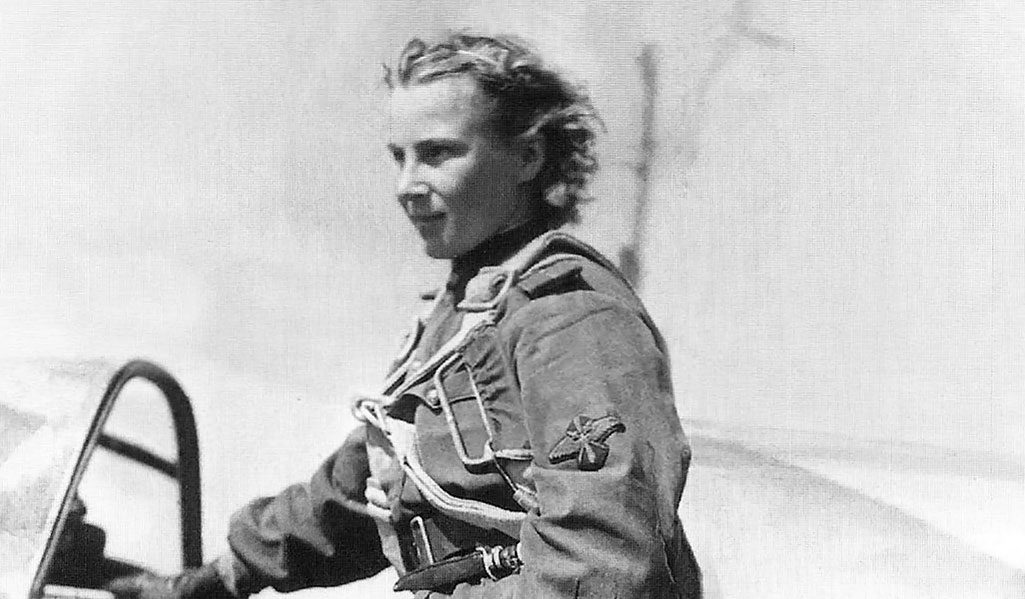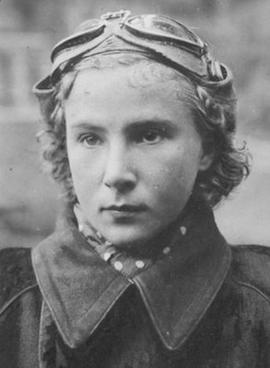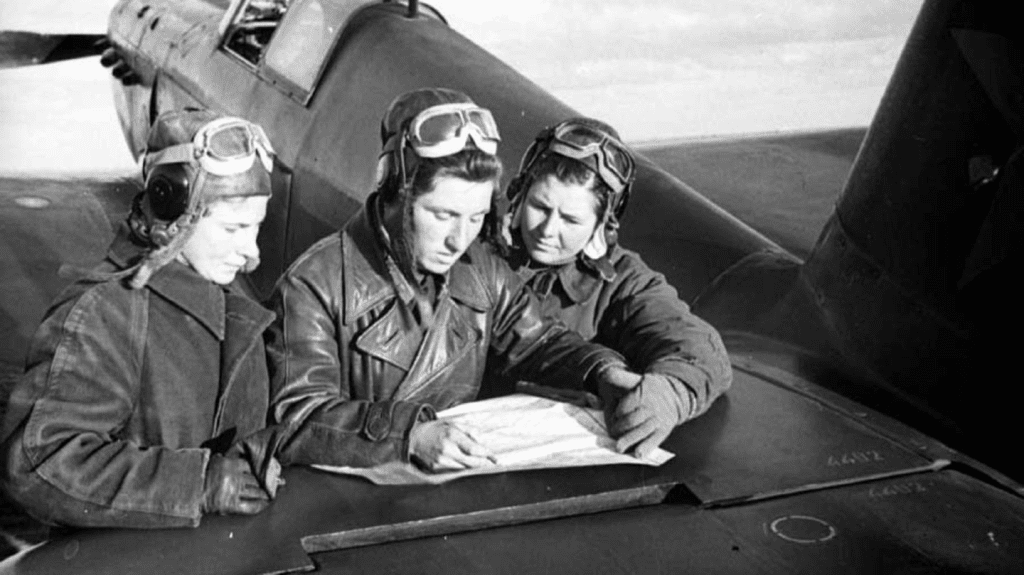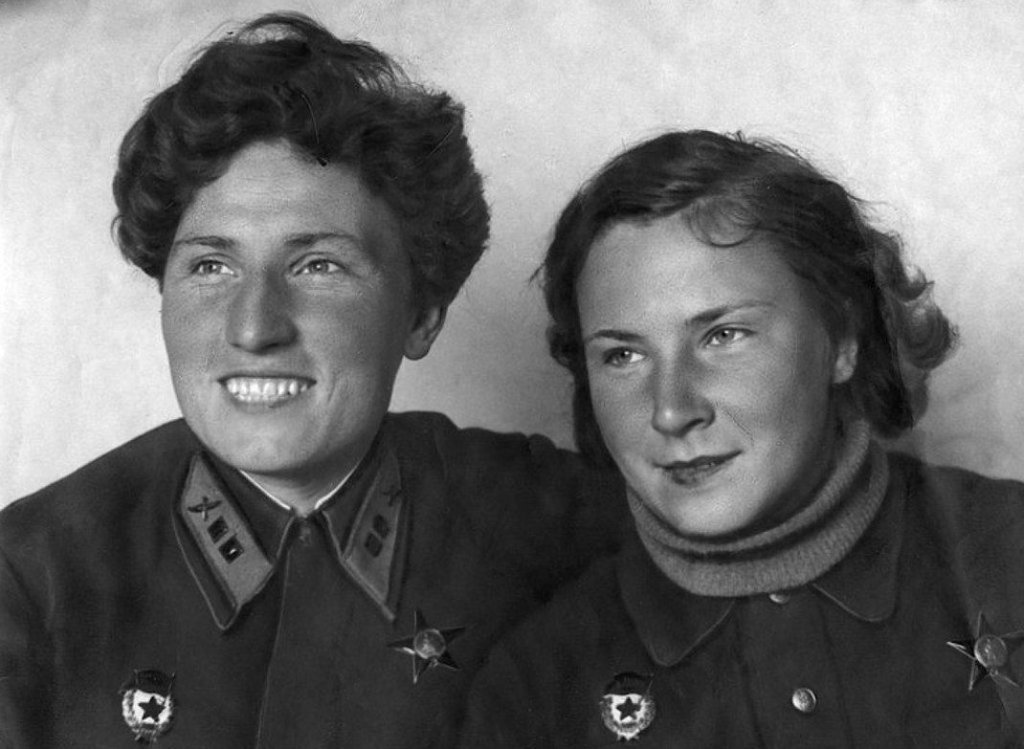When most people think of World War II aces, their minds turn to men in cockpits, dogfighting through smoke-filled skies. But among them soared a woman who defied expectations and rewrote history with every mission. Lidya Litvyak wasn’t just a pilot she was a force of nature, a symbol of courage, and a wartime legend whose impact still resonates.

Rising Into the Skies at Just 22
At the height of WWII, with the Soviet Union locked in a brutal battle for survival, 22-year-old Lidya Litvyak took to the air in a Yakovlev Yak-1 an aircraft considered outdated even at the time. Yet what she lacked in equipment, she made up for in determination, skill, and fearlessness.

Her first major test came during the pivotal Battle of Stalingrad. In skies swarming with experienced Luftwaffe pilots, Litvyak showed no hesitation. Her dogfighting prowess stunned friend and foe alike. She downed some of Nazi Germany’s most elite fighters, carving out a name for herself as one of the deadliest female aces in aviation history.
Video:
Death of Lydia Litvyak – Top scoring female pilot of all time | 3 – 18 victories – 1st August 1943
Shattering Stereotypes, One Kill at a Time
In a war that often sidelined women, Litvyak stood out. She wasn’t a token figure or a propaganda tool she was the real deal. Over the course of her career, she flew 66 combat missions and recorded 16 confirmed aerial victories, along with several other assists. Every mission she flew helped redefine what was possible for women in the military, and more broadly, what bravery looked like.
Her success came not just from technical skill but sheer tenacity. Litvyak was known to dive into chaotic air battles without hesitation. She frequently flew solo into swarms of enemy aircraft, using agility, speed, and precision to survive and dominate.

The Disappearance That Became Legend
On August 1, 1943, during a mission over the Eastern Front, Lidya Litvyak disappeared after being engaged by German fighters. Her plane was last seen vanishing into a cloud of smoke. For decades, her fate remained a mystery, feeding both fear and folklore.
Video:
Did the White Lily of Stalingrad Survive?
Despite her disappearance, Litvyak’s reputation only grew. Fellow pilots and commanders remembered her as bold and brilliant. Soviet citizens revered her as a symbol of resilience. And as the years passed, her story became larger than life.
Recognition, Though Long Overdue
It wasn’t until 1990 nearly 50 years after her final flight that Lidya Litvyak was officially recognized for her heroism. She was posthumously awarded the title Hero of the Soviet Union, the country’s highest honor. It was a long-awaited tribute to a woman who had given everything in defense of her homeland.
Her remains were eventually discovered and confirmed in the 1970s, bringing some closure to her story. But her legacy had already taken flight. Statues, books, and documentaries followed, cementing her place in both military and women’s history.

A Lasting Symbol of Defiance and Grace
Lidya Litvyak’s legacy isn’t just about the number of kills or missions flown. It’s about challenging norms, standing tall in the face of fear, and proving that bravery knows no gender. Known as the “White Rose of Stalingrad,” she combined elegance with deadly precision an extraordinary woman in extraordinary times.
Today, her story continues to inspire generations of pilots, historians, and dreamers. She wasn’t just a pilot—she was, and still is, a legend.


